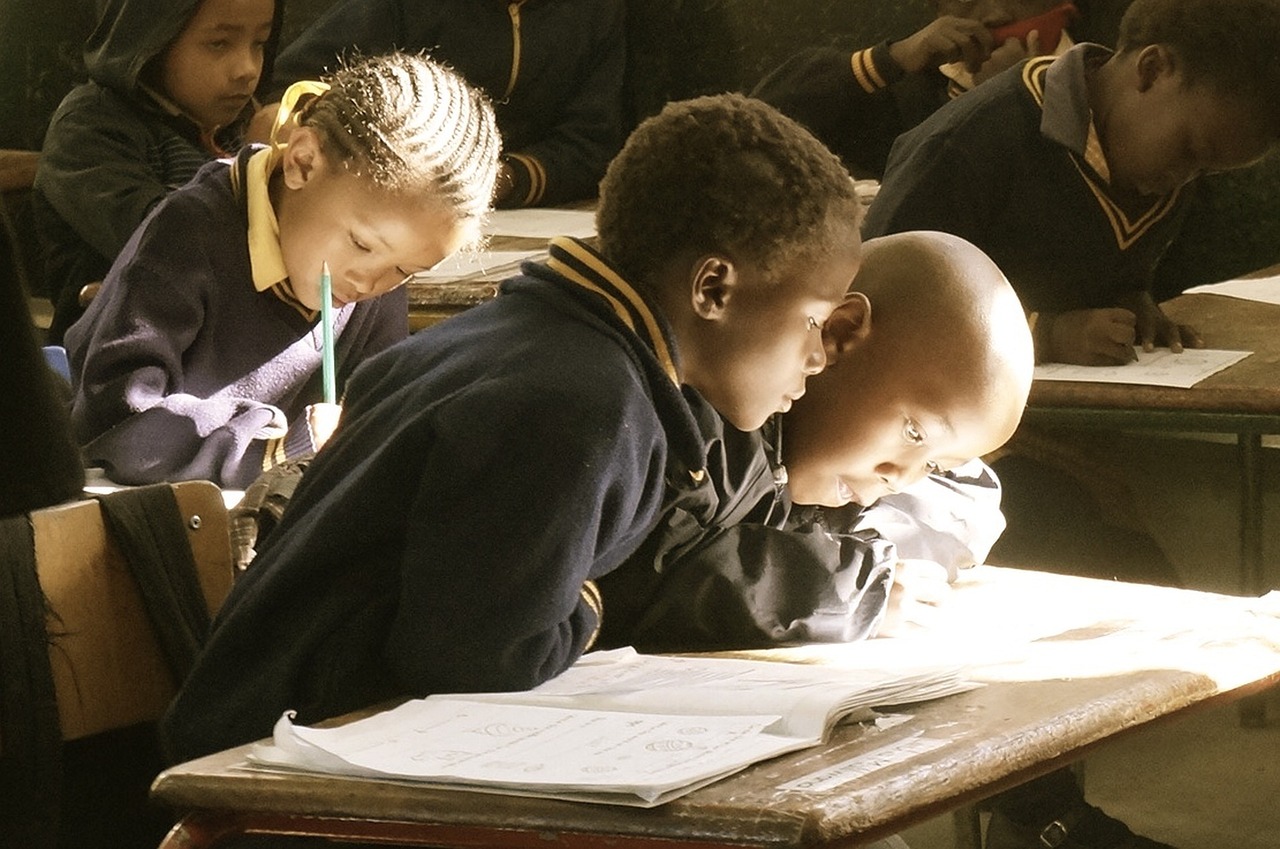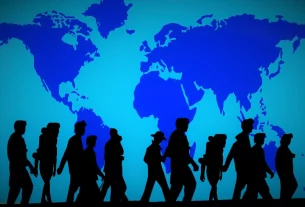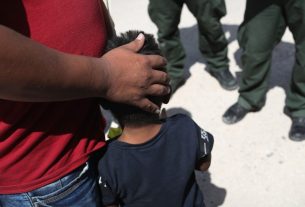Every year on November 20, the world marks World Children’s Day, a moment to reflect on the rights of children and the progress made in ensuring their well-being. Celebrated globally, this day commemorates the adoption of the UN Convention on the Rights of the Child (CRC) in 1989, a landmark treaty that guarantees a range of universal rights for children, including the right to education, health, and protection from exploitation and violence. However, despite these protections, millions of children around the world continue to suffer from neglect and violations of their rights, especially in areas affected by conflict and the ongoing impacts of climate change.
The Impact of Conflict on Children’s Rights
Conflict zones represent some of the most dangerous places for children, where they face a range of grave human rights violations. According to the United Nations, over 426 million children are currently living in areas affected by conflict. These children are at risk of being recruited as child soldiers, subjected to sexual violence, separated from their families, and deprived of education. The toll on their physical and mental well-being is devastating, and the scars of war often remain for a lifetime.
In places like Syria, Yemen, and Afghanistan, the ongoing conflicts have created dire situations for children. In Yemen, for example, the conflict has led to widespread hunger and malnutrition, affecting millions of children who are already vulnerable. Schools have been destroyed, healthcare systems overwhelmed, and basic services like clean water have been disrupted, making it nearly impossible for children to access their fundamental rights.
Children in conflict zones are also at greater risk of being trafficked, exploited, or used as pawns in the political and military struggles of warring factions. The United Nations reports that children are disproportionately affected by the destruction of infrastructure, loss of family members, and the disruption of their education, which can have long-term consequences on their future prospects.
Climate Change: A Growing Threat to Children’s Rights
The effects of climate change are becoming increasingly evident, with extreme weather events like floods, droughts, hurricanes, and wildfires affecting millions of people around the world. Children are particularly vulnerable to these impacts, and their rights are often overlooked in the global response to climate change.
In low-income countries and small island nations, children are bearing the brunt of environmental degradation. As natural disasters increase in frequency and severity, children are often displaced from their homes, lose access to food and clean water, and are forced to live in temporary shelters where their safety and well-being are compromised. Climate-induced migration is also a growing concern, as families are forced to flee their homes in search of more stable living conditions. For children, this means being displaced from their communities, losing access to education, and facing an uncertain future.
The UN has highlighted that climate change disproportionately affects children, especially those in the most vulnerable communities. These children are at risk of facing malnutrition due to food insecurity, waterborne diseases, and poor health outcomes due to the lack of adequate sanitation and healthcare services. Additionally, climate change exacerbates existing inequalities, including gender-based violence and child labor, further depriving children of their rights and opportunities.
The Intersection of Conflict, Climate Change, and Child Rights
The combination of conflict and climate change creates a double burden for children, as they are caught in a vicious cycle that perpetuates their vulnerability. In regions like South Sudan, Somalia, and the Sahel region of Africa, children are not only exposed to the direct consequences of violence but also face the compounding effects of environmental change, such as droughts and crop failures, which fuel further instability.
For instance, in countries affected by drought, children often become involved in activities like child labor as families struggle to survive. They may be forced to work in dangerous conditions, such as manual labor in mines or agriculture, or they may be exploited by criminal organizations. This further deprives them of their rights to education, leisure, and a safe childhood.
In these settings, children are not only suffering immediate harm but are also facing long-term challenges that can hinder their development and future prospects. They are deprived of the opportunity to grow up in a safe, supportive environment that is essential for their psychological, emotional, and physical development.
Global Efforts and the Way Forward
Despite the overwhelming challenges, there are efforts being made to protect children’s rights amid these crises. The United Nations Children’s Fund (UNICEF) continues to advocate for child protection and the fulfillment of children’s rights in conflict and climate-affected regions. Additionally, initiatives like the Sustainable Development Goals (SDGs) emphasize the need to ensure the well-being of children as part of global efforts to tackle poverty, inequality, and climate change.
However, there is still much work to be done. Governments, international organizations, and civil society must come together to address the root causes of conflict and climate change while ensuring that children’s rights are at the forefront of these discussions. Protecting children means not only providing them with basic needs like food, shelter, and education but also addressing the psychological and emotional toll these crises take on them.
In regions affected by both conflict and climate change, it is essential to provide children with psychosocial support, ensure that they have access to education, and create systems of social protection to help families cope with the impacts of these crises. Moreover, international efforts must focus on climate resilience to prevent further damage to the environment and the communities where children live.
Conclusion: A Call to Action
World Children’s Day serves as an important reminder of the ongoing struggles faced by children around the world, especially those in conflict zones and vulnerable to climate change. Despite the promises made through international agreements like the UN Convention on the Rights of the Child, millions of children are still being deprived of their rights. It is incumbent upon governments, international bodies, and civil society to act urgently to protect children’s rights and ensure that they have the opportunity to grow up in safe, stable, and nurturing environments, free from the destructive effects of war and environmental degradation.
By placing children at the center of global policies and actions, we can work toward a future where all children, regardless of their circumstances, can realize their full potential.
References:
- UNICEF – Children in Crisis: Protecting Children’s Rights in Conflict and Climate-Impacted Areas
- The United Nations – The Convention on the Rights of the Child: 30 Years of Protecting Children’s Rights
- World Health Organization – Children and Climate Change: What Are the Risks?



